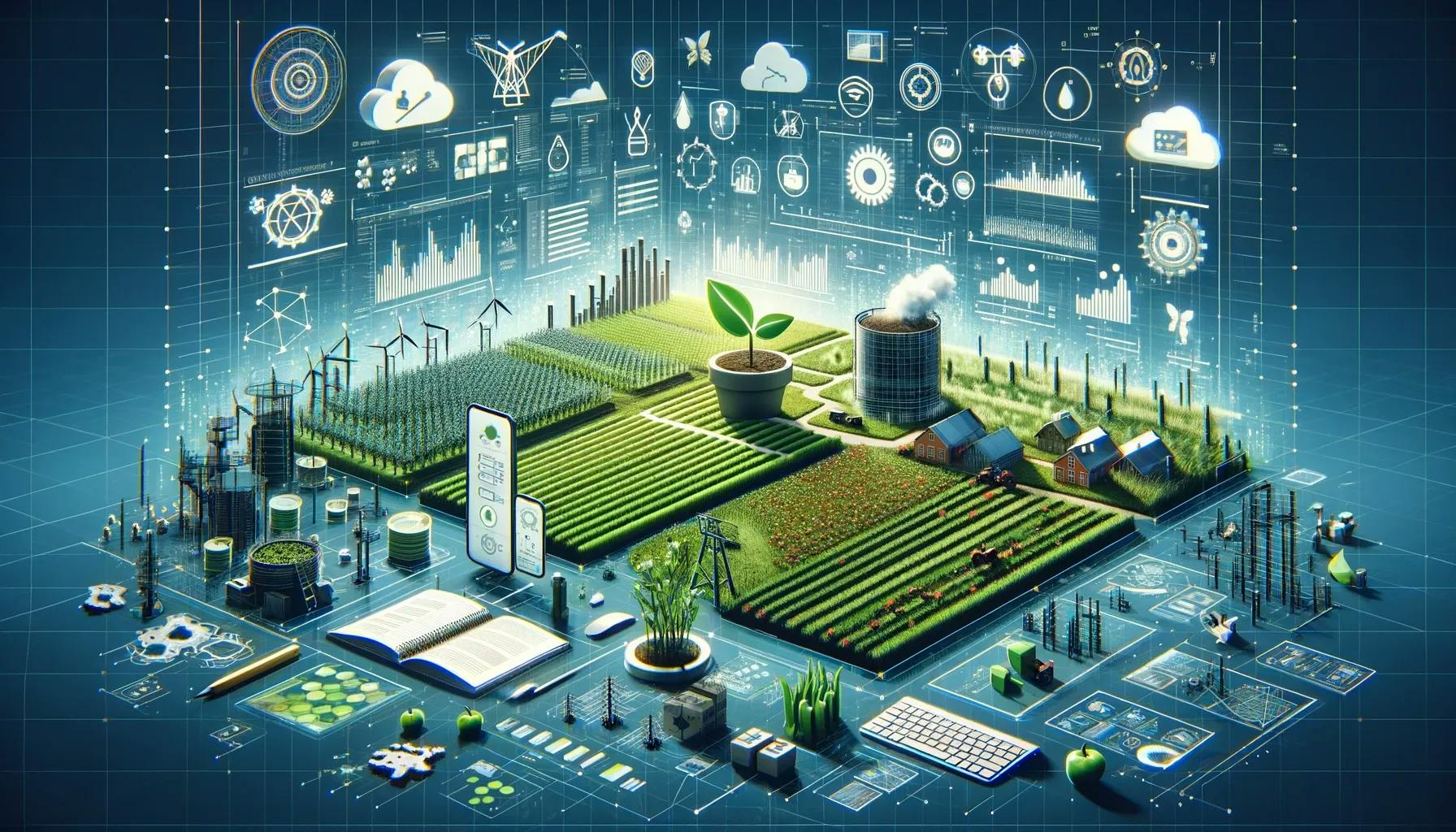Building an MVP for agricultural software
How can an MVP for agricultural software transform the efficiency and decision-making processes for farmers and agronomists by addressing their core needs?

Olena Dontsova
Head of Marketing
31 Dec 2023
4 min read

When considering an MVP (Minimum Viable Product) for an agricultural app, the features need to directly address the pain points and primary needs of the target user group: farmers, agronomists, and other stakeholders in agriculture. Here's a list of crucial features for an MVP of an agricultural app:
User Registration and Profile Management:
- Allow users to create accounts, specify their roles (farmer, agronomist, contractor, etc.), and manage their profiles.
- Farms or plots can be added with details like size, location, and crop type.
Dashboard:
A centralized dashboard that gives a quick overview of the farm's status, including weather updates, task reminders, crop health, and more.
Farm and Field Mapping:
- Allows users to map their farms and fields, possibly integrating with tools like Google Maps for precise location tracking.
- Ability to delineate specific plots or sections within a farm.
Weather Forecasting and Alerts:
Provide localized weather forecasts and alerts tailored for agricultural needs, as weather plays a pivotal role in farming decisions.
Task Management and Scheduling:
- Farmers can schedule tasks like planting, irrigation, fertilizing, and harvesting.
- Notifications or reminders for upcoming tasks.
Record Keeping:
- A digital log for various activities and inputs like seeding, fertilizing, pesticide application, and harvest records.
- Expense and income tracking for farm operations.
Crop Health Monitoring:
- If integrated with IoT devices or drones, provide real-time data on crop health and potential issues.
- Even without devices, a manual input system where farmers can record observations or issues.
Knowledge Base or Library:
- Articles, videos, or tutorials on best practices, pest management, new farming techniques, and other relevant topics.
- Could also integrate with agricultural extensions or research institutions.
Marketplace or Order System:
- A place to order seeds, equipment, fertilizers, or even get quotes from suppliers.
- This could be expanded to a platform where farmers can list their produce for sale.
Community or Forum:
A space where users can interact, share experiences, ask questions, and get advice.
Feedback and Support System:
Especially important for an MVP, a direct channel for users to give feedback, report bugs, or seek help.
Search Functionality:
Users should be able to easily search for products, articles, forum threads, and other in-app content.
API Connections:
- Weather Data: Integrate APIs from services like OpenWeatherMap, AccuWeather, or The Weather Company for real-time and forecasted weather information tailored to specific farm locations.
- Satellite Imagery: Services like Sentinel Hub or Planet Labs offer satellite imagery which can be beneficial for large-scale farm monitoring, assessing land health, or detecting changes over time. E-commerce Integration: If you have a marketplace feature, integrating with popular e-commerce platforms or payment gateways can simplify the order and payment process.
- IoT Device Data: If your app can connect to IoT devices (soil sensors, drones, etc.), their APIs would be crucial for data fetching and analysis.
- Agricultural Data Sources: Services like aWhere or Agrimetrics provide vast amounts of agricultural data that can be used for insights, predictions, and analysis.
Social Media Connections:
- Easy Registration: Allow users to sign up or log in using their social media accounts, simplifying the registration process.
- Share Insights and Achievements: Provide users an option to share their farm's progress, harvests, or any interesting insights directly on platforms like Facebook, Twitter, or Instagram.
- Community Engagement: Use social media platforms to host Q&A sessions, webinars, or share user testimonials. This can foster a sense of community and provide education.
- Push Notifications via Platforms: Use Messenger or WhatsApp API to send out important reminders or updates to users, if they opt for it.
- Content Sharing: If the app has a knowledge base or library, allow users to easily share articles, videos, or tutorials on their social media profiles.
Remember, while these integrations can enhance the app's functionality, it's essential to ensure they serve a clear purpose and do not overwhelm the user. Too many features or complexities, especially in an MVP, can detract from the primary purpose of the app. Also, privacy is paramount, so always seek permissions and be transparent about how data from these integrations will be used.
While these are crucial features, it's also important to remember the MVP philosophy: Start small and focus on core functionalities that provide the most value. As the app gains traction and receives feedback from users, more features can be added in subsequent iterations.
Book Your Free Consultation Today
Enhance Your Agricultural Practices